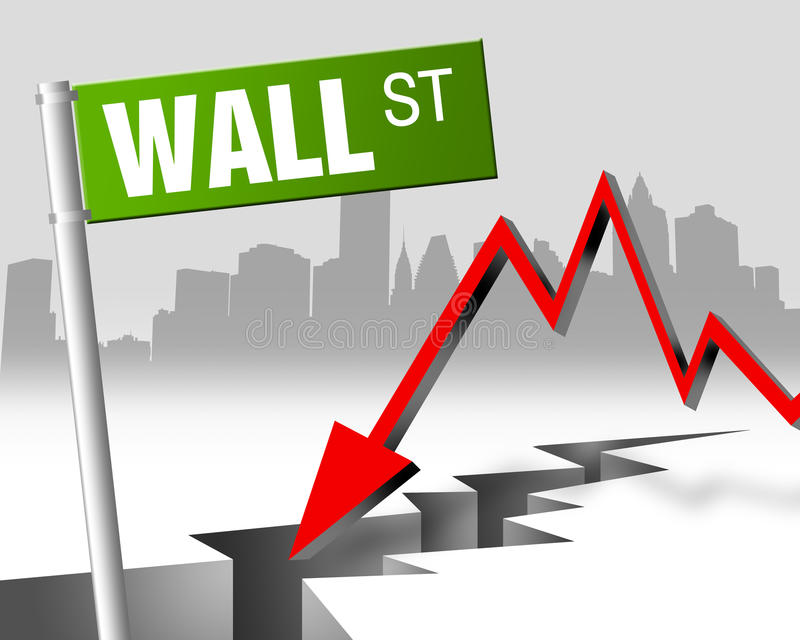Wall Street opens lower on strong retail sales data. following stronger-than-anticipated retail sales statistics. Wall Street’s major market indices declined lower on Inflation fears.
It demonstrated how strong the American economy is. Which may give the Federal Reserve more leeway to hike interest rates.
Wall Street opening opening statistics
The Dow Jones Industrial Average opened at 34,008.63 down 80.64 points, or 0.24 percent. The Nasdaq Composite fell 55.02 points, or 0.46%, to 11,905.12 at the opening bell. Whereas the S&P 500 opened weaker by 16.63 points, or 0.40 percent, at 4,119.50.
Following a disappointing holiday shopping season,. American consumers increased their shopping at stores and restaurants in the past month at the quickest rate in almost 2 years.
After two months of declining retail sales. The government reported on Wednesday that they increased by 3 percentage points in Jan. Since March 2021, it was the greatest monthly rise.
In addition to a solid January job report. Wednesday’s high retail sales numbers also indicate that there is little chance that the economy will experience a recession anytime soon. In addition to a solid January job report. Wednesday’s high retail sales numbers also indicate that there is little chance that the economy will experience a recession anytime soon.
Goldman Sachs experts decreased the probability of a recession this calendar year from 35 percent to just 25 percent early this week.
Wall Street fears grow
But despite all the difficulties, customers remain resilient. The spending last month was undoubtedly influenced by a number of variables.
A yearly expense adjustment to account for inflation was sent to around 70 million beneficiaries of Social Security and other government pension schemes this month. Increasing their compensation checks by 8.7%. The surge was the biggest of its kind in 40 years.
With the addition of approximately 500,000 new positions in Jan. The job market also saw a boom. 3.4% is the lowest amount of unemployment since 1969.
US consumer Resilience
Average wages and salaries have increased by approximately 5 percent from a year earlier. One of the fastest rates of increase in decades. As many businesses are still keen to employ and retain workers.
According to data on Wednesday’s retail sales, consumer spending at restaurants increased by 7.2 percentage points in Jan. An increase that may have been partially caused by warmer-than-normal weather.
Expenditure at restaurants has increased by more than 25% in the last year. The retail sales figure is not inflation-adjusted. So, some of that growth is due to rising prices. Restaurant costs have grown by 8 percent in the last year, per the government’s data on inflation.
Consumer sentiment and purchasing power increased
With the addition of approximately 500,000 new positions in January, the job market also saw a boom. 3.4% is the lowest amount of jobless since 1969.
Average salaries and wages have increased by approximately 5 percentage points compared to a year earlier. One of the quickest rates of increase in decades, as many businesses are still keen to employ and retain workers.
Inflation has typically eaten out those raises. Even so, the rate of rise in consumer prices has slowed. Additionally, a substantial decline in gas costs during the summer has given many consumers more money to spend.
Fed is under more pressure to raise interest rates more quickly.
Average pay growth has in certain months outpaced inflation as price hikes have moderated. giving some consumers more purchasing power.
The government said on Tuesday that inflation decreased once more in January compared to the same month last year. the eighth consecutive fall of this kind, from 6.5% in Dec to 6.4% now.
However, compared to both November and December, price appreciation quickened in January on a monthly basis. Proof that excessive inflation won’t be eliminated easily or quickly.
Consumers buying Resilience increase
However, a surge in consumer expenditure can also increase the upward pressure on inflation. According to the most recent index, consumer inflation slightly decreased in January. Compared to the same month last year. But from December to January, it grew significantly.
Additionally, the combination of robust hiring and spending should probably put additional pressure on the Federal Reserve to increase its key interest rate.
The Fed has indeed indicated that it anticipates making two additional quarter-point increases, bringing interest rate to a band of 5 percent to 5.25%. This would be the highest point in fifteen years.
On Tuesday, Deutsche Bank predicted that the Fed would increase interest rates by a total of two more times this year, to a range of 5.5 percentage points to 5.75%.









